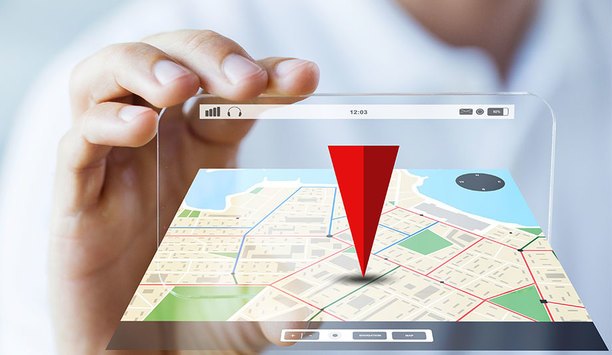Annie Asrari

Annie Asrari
Director of Product Management, EverbridgeAnnie Asrari is a Senior Product Manager at Everbridge. She is responsible for the vision and strategy of Everbridge Open, IoT, and Safety Connection products from Everbridge. Annie also works with Technology partners to help build integrated market offerings that solve complex problems for customers and provide automated workfloes. Her experience include working on SaaS and PaaS products in Communications, Financial, and Subscription Billing space. Annie is a graduate of Babson College with a Master in Business Administration.
Articles by Annie Asrari
Many employees who once commuted to on-site corporate offices now spend their time working remotely or traveling between sites Over the past two decades, the workforce has drastica...
Workplace mobility is on the rise, which means organizations have an increasing number of employees who travel or work from home. In fact, there were 96.2 million mobile workers in 2015 and IDC predic...
News mentions
In most cases, active shooter incidents are predatory in nature, involving planning and preparation, as they are not impulsive. They often begin with a personal grievance, real or imagined, and are th...
Our most popular articles in 2017 reflected changing trends in the U.S. security market, from deep learning to protection of mobile workers, from building automation to robotics. Again in 2017, the mo...
With the new integration, it is possible to send notifications directly from Situator's Quick Launch bar Qognify, formerly NICE Security, announced the successful integration of its...








































